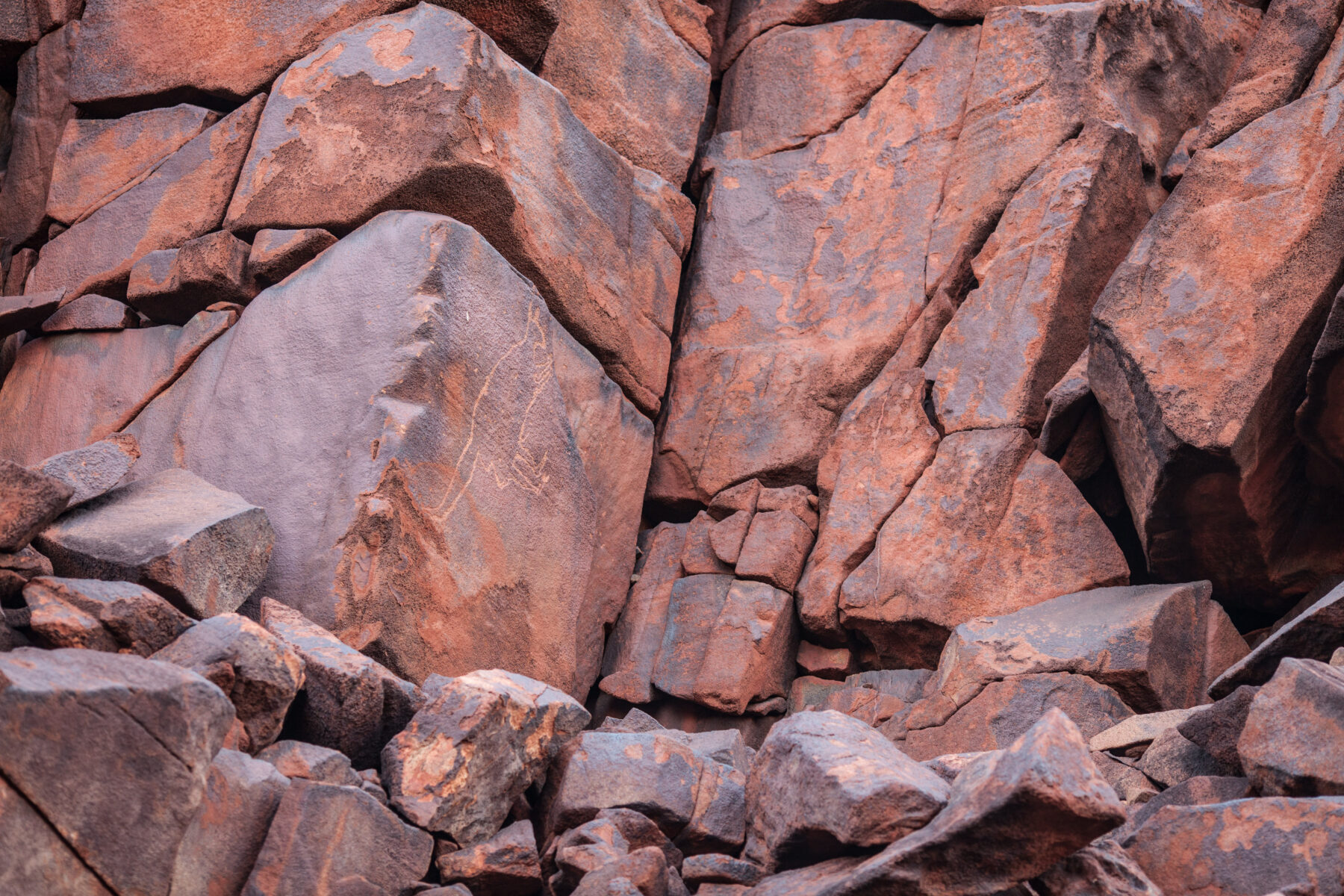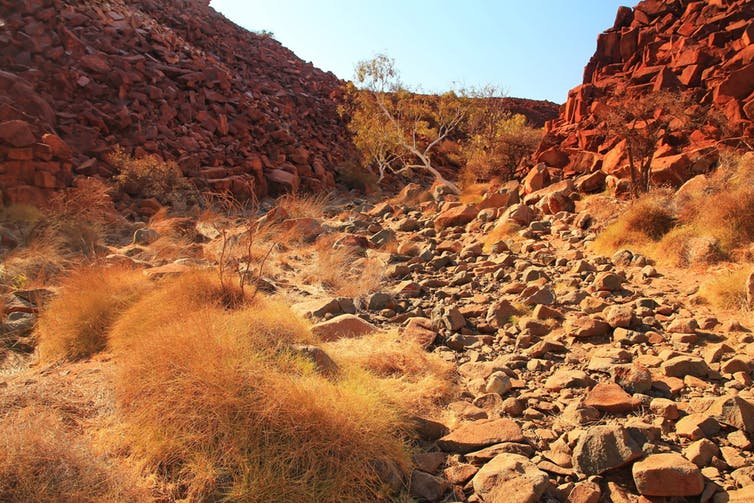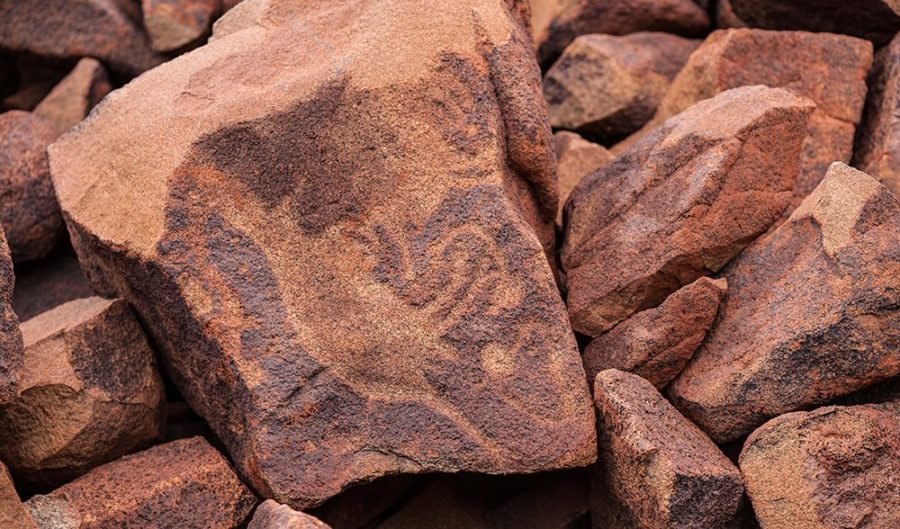Will this be Australia’s next World Heritage Area?
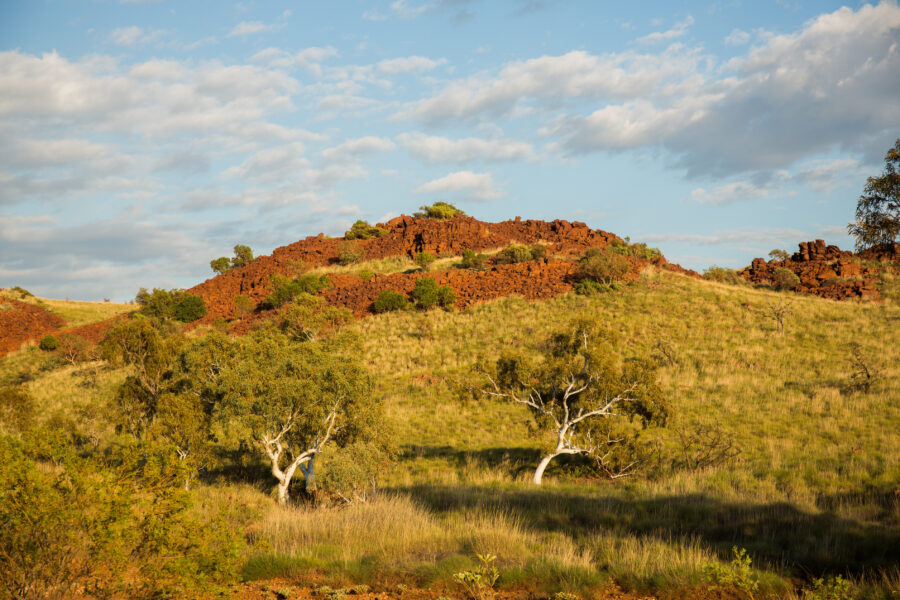
The rocky WA peninsula called Murujuga by local Indigenous language groups is the site of the oldest and largest concentration of petroglyphs in the world – more than one million individual stone etchings across more than 4000ha, displayed naturally in a kind of spectacular outdoor art gallery.
Also known as the Burrup, it’s located near the north-west Australian coastal town of Dampier, in the Pilbara.
Not only is the area, which is thought to have been a significant Indigenous site for at least 30,000 years, extraordinary for its art.
It also contains grinding patches, sacred ceremonial sites, original campsites, special men’s and women’s areas, creation and mythological sites, and huge shell middens.
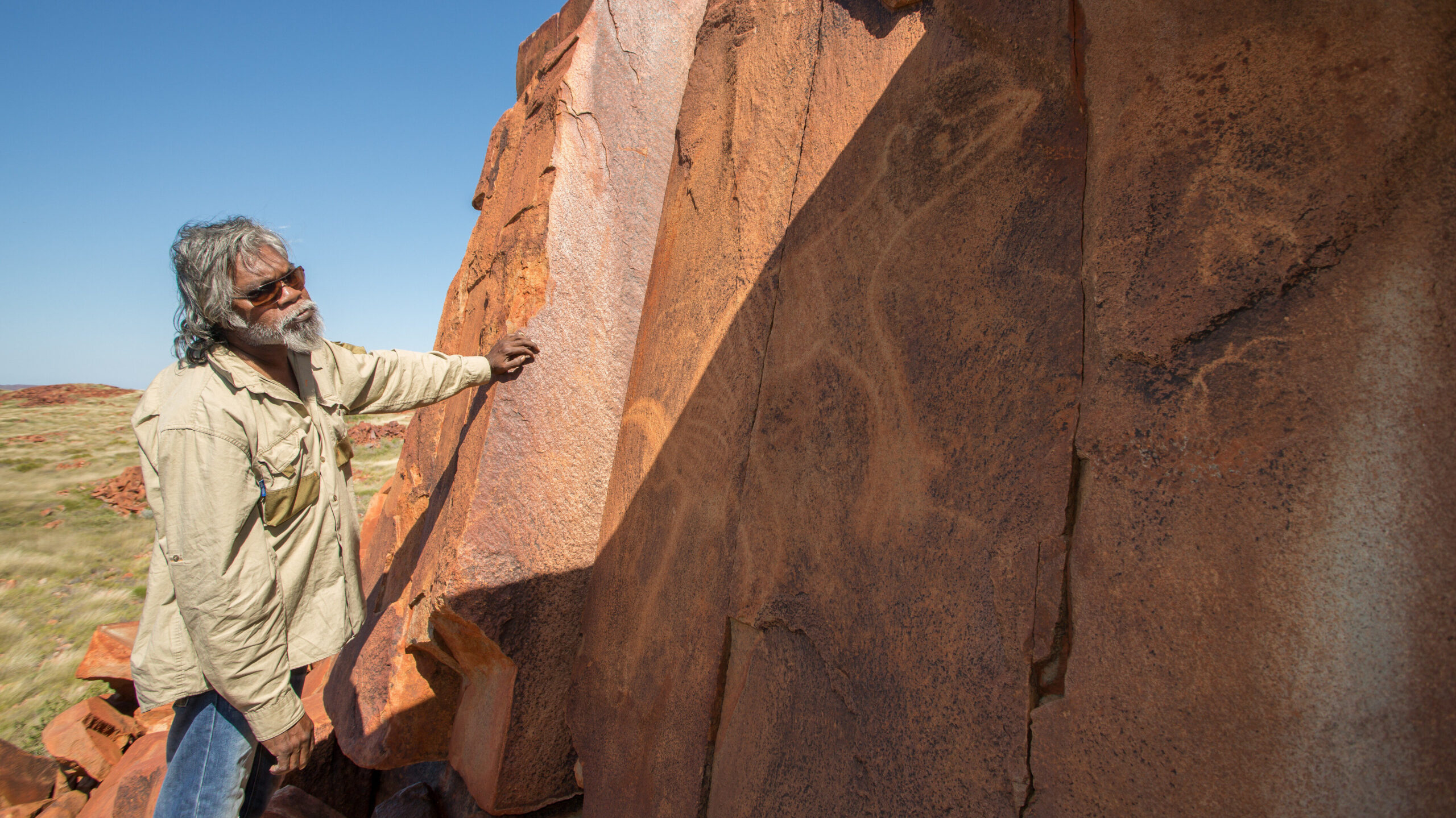
Its cultural significance to Indigenous Australians is truly immeasurable. Because of its geology – based on hard, intrusive igneous rocks – the Murujuga site provides a permanent historical record of human life in the area for millennia.
But perhaps even more remarkable is that Elders say the site lays out the rules and guidelines not only for the generations that lived here through the past 30,000 years and before but also current and future generations of Pilbara language groups.
The messages contained in the art and other artefacts contained on the site make it a kind of enduring instruction manual on cultural practice for this area and right across the Pilbara.
Added protection
Much of Murujuga and many islands of the adjacent Dampier Archipelago, which is also rich with significant Indigenous sites have been protected since 2007 on the federal government’s National Heritage List.
WA’s Aboriginal Heritage Act 1972 offers further protection. And in 2013 almost half of the Murujuga (Burrup) Peninsula was granted national park status when it was gazetted within the 4913ha Murujuga National Park – WA’s 100th national park at the time and its first to be managed jointly by TOs and the state’s Parks and Wildlife Service.
There’s been talk of World Heritage nomination for the site for almost two decades, but the announcement of its formal nomination was made last Friday by Federal Environment Minister Tanya Plibersek.
The nomination covers 100,000ha that not only includes the Murujuga (Burrup) Peninsular but 42 inshore islands of the Dampier Archipelago, where among the animal species depicted in rock art is the thylacine, which has been extinct in the area for at least 10,000 years.
Lengthy process
It’s expected that an assessment and final decision on Murujuga’s World Heritage status won’t be made by the United Nations Educational, Scientific and Cultural Organisation (UNESCO), until the end of 2024 at the earliest.
If the nomination is accepted Murujuga will become Australia’s 21st World Heritage Area, and only its second to be considered exclusively for Indigenous cultural heritage values.
The first was Budj Bim, in south-western Victoria, the site of one of the earliest known aquaculture systems on Earth:
Internationally, the World Heritage list contains more than 1000 places throughout the world with “outstanding universal value”, considered to be “so exceptional as to transcend national boundaries” and “of common importance for present and future generations of all humanity”.
The list includes the Taj Mahal, Great Wall of China, Stonehenge and Grand Canyon National Park.
Australia’s World Heritage Area’s include the Great Barrier Reef, and Kakadu and the Daintree national parks.
